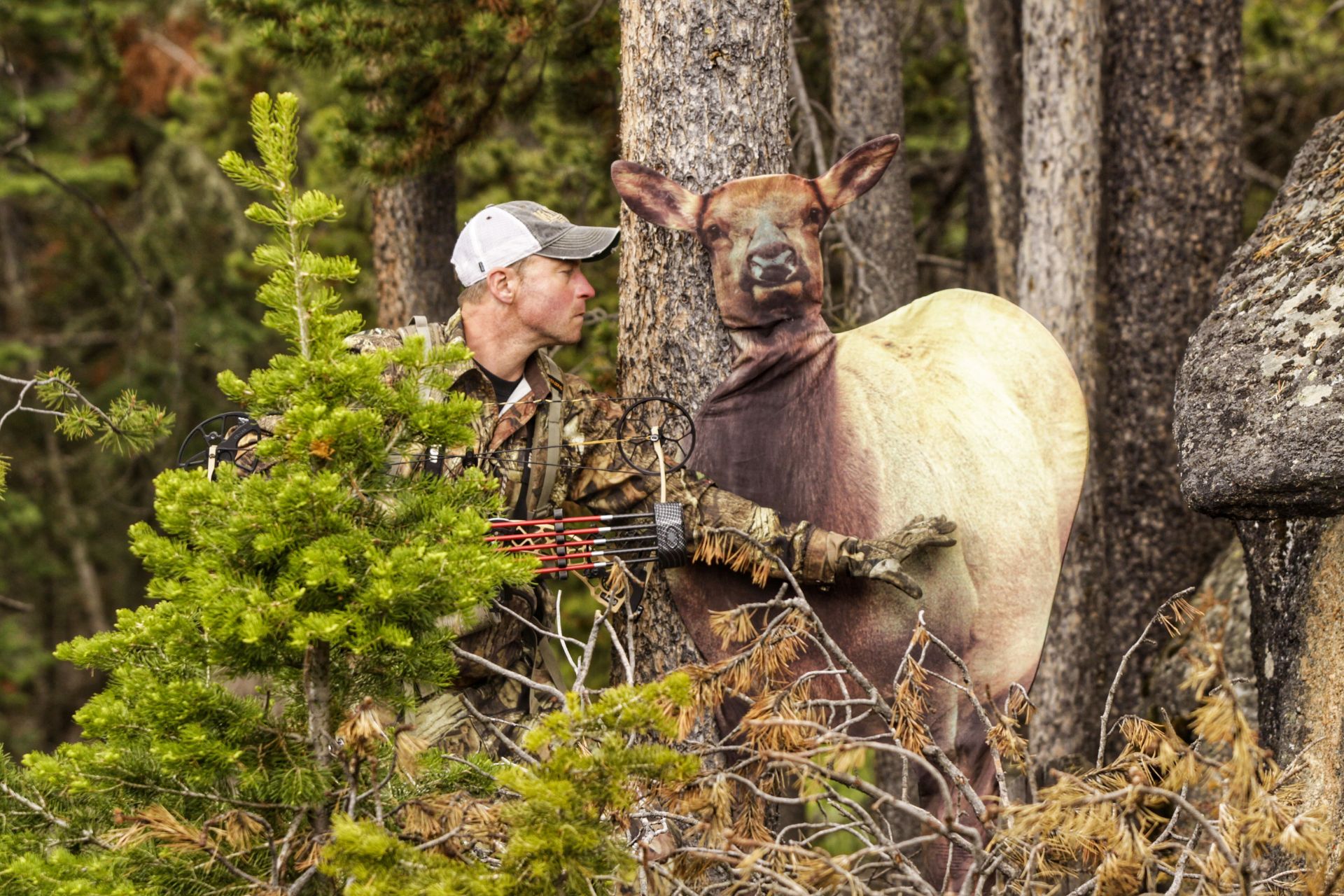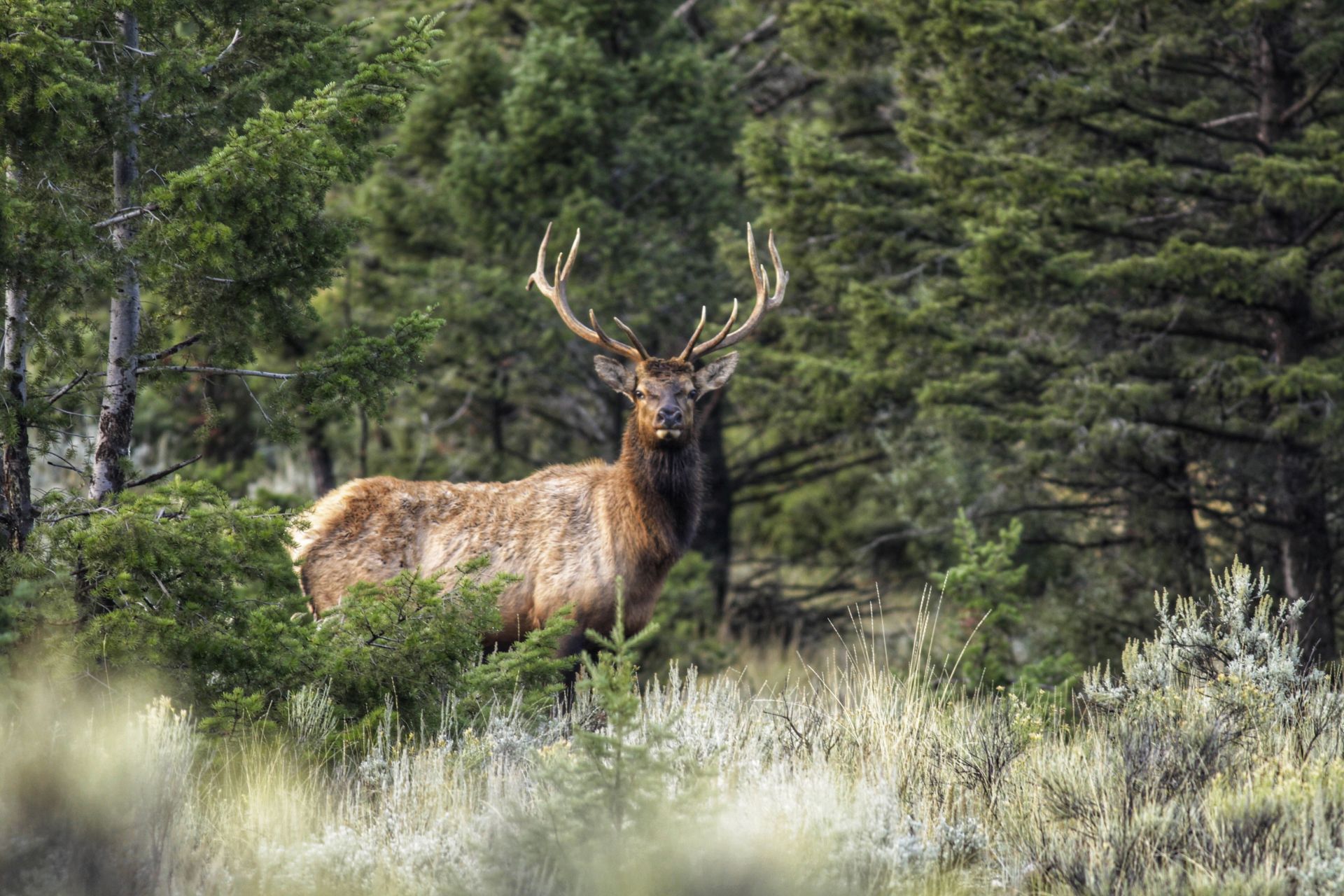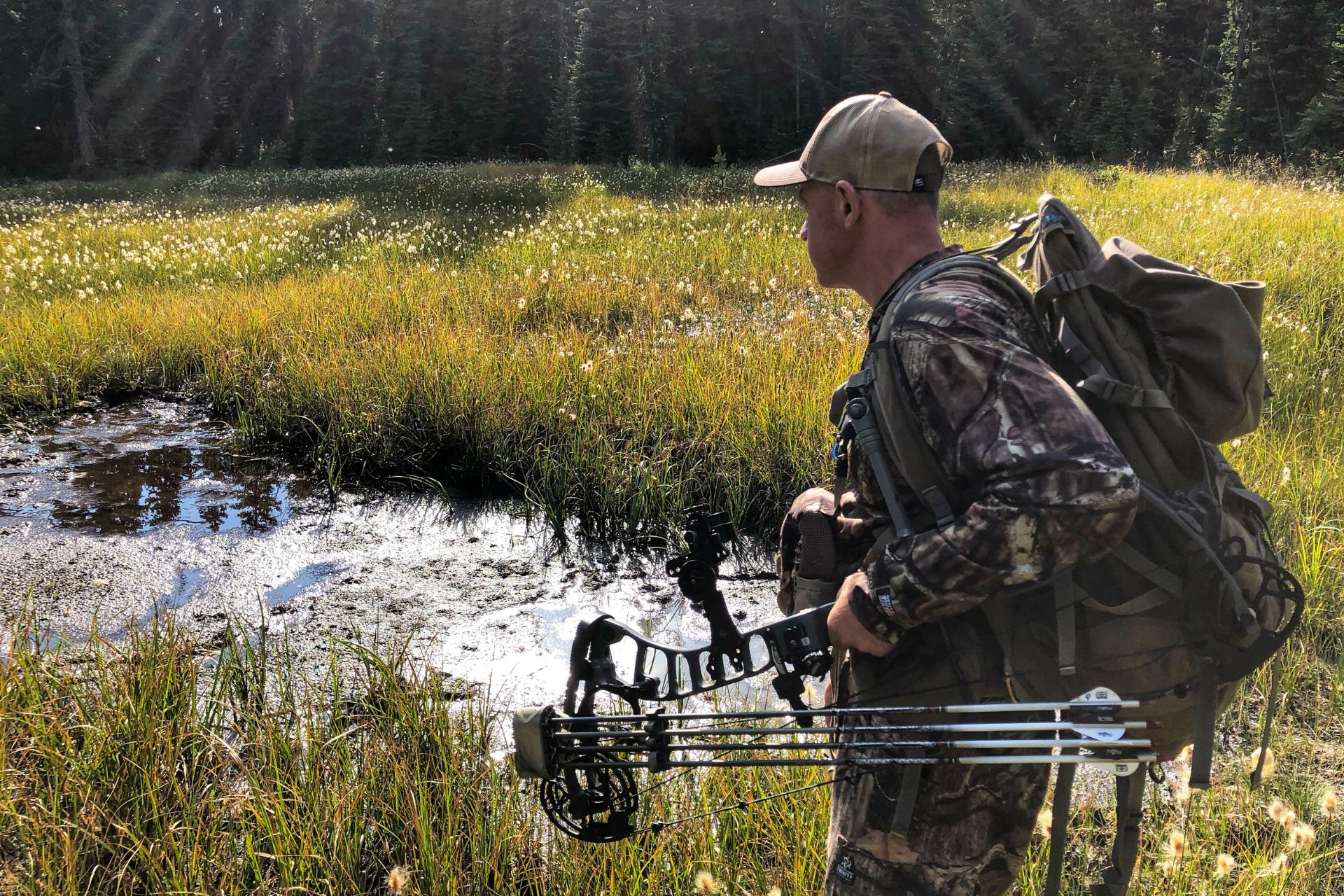Posted by Mark Kayser on Sep 1, 2023
Pre-Rut Elk Strategies
Whitetail hunters eagerly await the pre-rut that kicks off breeding season. Elk hunters should also embrace this period. The weeks leading up to breeding season, typically the first two weeks of elk season, may appear to be slow, but behind the scenes testosterone is driving elk toward the explosive rut. This testosterone could be your answer to early archery elk success.
WEEK ONE
At the beginning of September bulls are at top testosterone levels. Cows are still two weeks or more away from estrus. Young bulls are anxious and old bulls are interested as testosterone ramps up their enthusiasm. This chemical overflow leads to added movement, tree rubbing, sparring amongst individuals and the seeking of cow herds. You will begin to hear dawn and dusk bugles as bulls set the pecking order. Although mature bulls tend to reserve energy resources and even sit on the sidelines until the first hint of estrus, they have no aversion to responding to calls, even tracking down the creator.
During the first week you have two hunting options. First, you can target young bulls with calls to incite an encounter. Young, eager bulls easily get into trouble as they seek out pre-rut action. Hopefully your scouting revealed groups of bulls that may still be intact during the first week. Also scout for herds of cows as immature bulls move in as stand-in patriarchs.
Calling in the proximity of these groups, bachelor bulls and cow herds, with the sounds of an excited, but not overpowering bugle, could bring in a bull. Add in cow chatter as you gauge the excitement of the response. If you know elk dwell nearby, sit tight even if you don’t hear a response. Young or old bulls may simply wander in to investigate the ruckus.
A second plan is to hunt wallows. Elk wallow in muddy water to cool down, but it also aids them in transporting their scent profile with them. Unlike a whitetail that leaves scent in a scrape area, bulls spray themselves with urine and overlay it with a mud-caked coating. This activity is highest in the first two weeks of September and decreases as breeding duties take over. An impromptu hide, pre-set ground blind or a portable treestand all have merit near a wallow that displays consistent activity confirmed by trail camera images where legal.
Either scenario has options to utilize decoys. A cow or young bull decoy staged near a group of elk invokes confidence in elk. A decoy on the edge of a wallow focuses attention away from you and toward the decoy as you prepare to shoot.

A cow or young bull decoy staged near a group of elk invokes confidence in elk.
WEEK TWO
During the second week of the season the atmosphere changes with a trend toward a party theme. All bulls are rut restless waiting for the first cows to come into heat. Mature bulls sitting on the sideline now march in to take over cow groups. Immature bulls transition to satellite status revolving around these herds, also waiting for the first cow to come into estrus. As the change up occurs it creates significant calling and decoying opportunities. Both bull and cow calls can be incorporated , and the same is true of decoys. A good rule of thumb is to match the enthusiasm of the herd as you set up to lure a bull toward your position.
If a bull responds, do not be afraid to cut off his calls if he sounds dominant. This trick tends to annoy a bull and could cause him to close the distance. This is also a good time to include the sounds of tree rubbing, snapping branches or even rolling rocks. You may even add rattling to simulate sparring bulls. Carry a small set of antlers or unique calls like the Rocky Mountain Hunting Calls Rattle Cage.
Partner hunting is ideal during the pre-rut. One hunter calls and positions the decoy, and the other moves ahead to shoot. Separate yourself by as much as 100 yards depending on cover density and have the shooter at a downwind angle to the caller. Most bulls circle to scent check before committing.The opening weeks of elk season include some of the best opportunities to lure in a bull. Match your strategies to the behavior of the elk throughout the breeding season for the best chance at success.

Solo satellite bull on the move.
